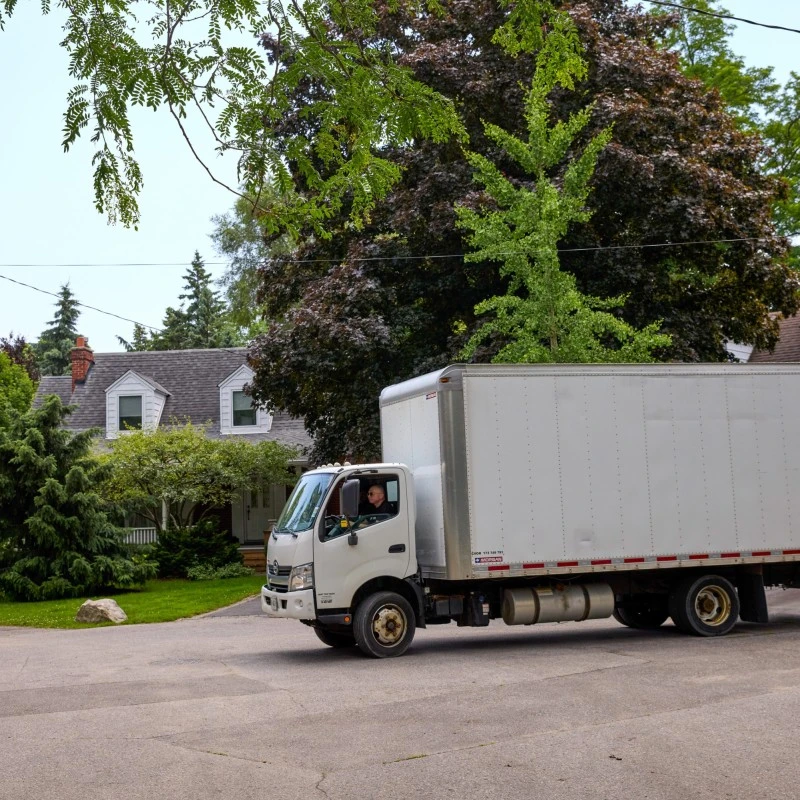Filing taxes in Canada: What new residents need to know


Canadians pay a lot of taxes. In return, we can enjoy a high quality of life and major benefits. This includes universal healthcare, public education, recycling, and well-kept highways. In Canada, the more money you earn, the more taxes you pay. We call this a graduated or progressive tax system.
The tax rate is determined by dividing earned money into different income brackets. For the first part of your earnings, you pay the rate in the lowest bracket. You only pay the higher rate for each extra dollar. We refer to this as your marginal tax rate.
For 2025, taxes are due by the 30th of April—make sure you file your taxes on time, so you don’t get charged extra money.
The penalty fee in Canada for filing taxes late is an extra 5% of your 2024 balance owing. For every month beyond that, they charge you 1% up to a maximum of 12 months—this means you'll have to pay up to 17% extra in income taxes if you don’t stay organised.
If you're a new resident in Canada, use this guide to learn how to file your taxes.
Who needs to file taxes in Canada?
 If you have residential ties to Canada, you will need to pay income tax.
If you have residential ties to Canada, you will need to pay income tax.
Residential ties include
-
A home in Canada.
-
A spouse or common-law partner in Canada.
-
Dependents in Canada.
Additional residential ties that may also be relevant
-
Personal property in Canada—such as a car or furniture.
-
Social ties in Canada—through memberships in Canadian recreational or religious organisations.
-
Economic ties in Canada—having Canadian bank accounts or credit cards.
-
A Canadian driver's licence.
-
A Canadian passport.
-
Health insurance with a Canadian province or territory.
Newcomers who are required to pay taxes
-
Permanent residents.
-
People working or studying in Canada with permits.
-
Temporary residents.
As a newcomer, you’ll need to file a tax return if you’re earning income or claiming benefits in Canada. However, you don’t need to file a tax return before you can begin receiving benefits and credits during your first year in Canada.
That being said, you need to file a tax return to continue receiving benefits and credits after your first year in Canada, even if you have no income.
Understanding the Canadian tax system
 There are three types of taxes that Canadians must pay:
There are three types of taxes that Canadians must pay:
Federal
This is a set rate for all Canadians, determined by the federal government.
Provincial
This tax rate changes by province or territory as provincial governments set it.
Municipal
Municipalities create a property tax bylaw each year after they approve their yearly financial plan. The budget decides how much tax money we need. Based on that, municipalities set tax rates for the nine different types of properties to collect the right amount of revenue.
In Canada, you can claim expenses, make deductions, and use tax credits to reduce your income taxes. You can find out about all the different deductions, credits, and expenses you can claim, here.
Documents and account statements that you need to file for your taxes
There are four crucial documents and account statements you'll need to present when filing your income taxes.
- To work in Canada, access government programmes and benefits, and file taxes, you need a 9-digit number known as a Social Insurance Number (SIN). This number identifies Canadian citizens, permanent residents, and temporary residents.
- A T4 slip, or Statement of Remuneration Paid, is an important document. It shows how much money an employer pays an employee in a calendar year. You will usually receive your T4 or T4s by February of the following year—either online or in your CRA account.
- Your Registered Retirement Savings Plan (RRSP) is an account where you can save money without it being taxed. That means you can deduct anything you deposit into your RRSP from your income, which in turn lowers your income tax amount.
- A Tax-Free Savings Account (TFSA) allows Canadians to save money tax-free throughout their lifetime. Unlike RRSPs, you cannot deduct TFSA savings from your annual income amount.
How to file your taxes

There are five different options for filing your income taxes in Canada.
Certified Tax Software
There are software and apps approved by the CRA that make filing your taxes a straightforward process. You can either file online, on downloaded forms, or through an app. These tools are user-friendly, and efficient and are often available at no cost. The processing time is 2 weeks.
Authorize a representative
You can authorise a family member, friend, or accountant to access your CRA file and file your taxes for you. This is especially helpful if you have an accountant in the family. The processing time is 2 weeks.
Community Volunteer Tax Clinic
If your tax situation is simple, like having one T4 or a modest income, you can go to a local tax clinic. There, a volunteer can help you file your taxes for free. Processing time is two weeks.
Discounter (tax preparer)
For a fee, you can have a discounter such as H&R Block file your taxes for you. They will issue your tax return immediately.
Paper Tax Return
You can file your own taxes manually on paper. This option can become intricate and time-consuming if your tax situation has layers. Processing time is 8 weeks if you file on time.
How to avoid common tax mistakes
Tax filing is precise and sensitive, and can be overwhelming. There are some extra steps you can take to avoid mistakes and issues:
- Double and triple-check that you have every document required. Also, re-read your tax return papers a few times to check that everything is correct and accurate.
- Don’t forget to report your worldwide income
- Review which benefits and credits you are eligible for. You do not want to miss out!
What do our customers say?



























